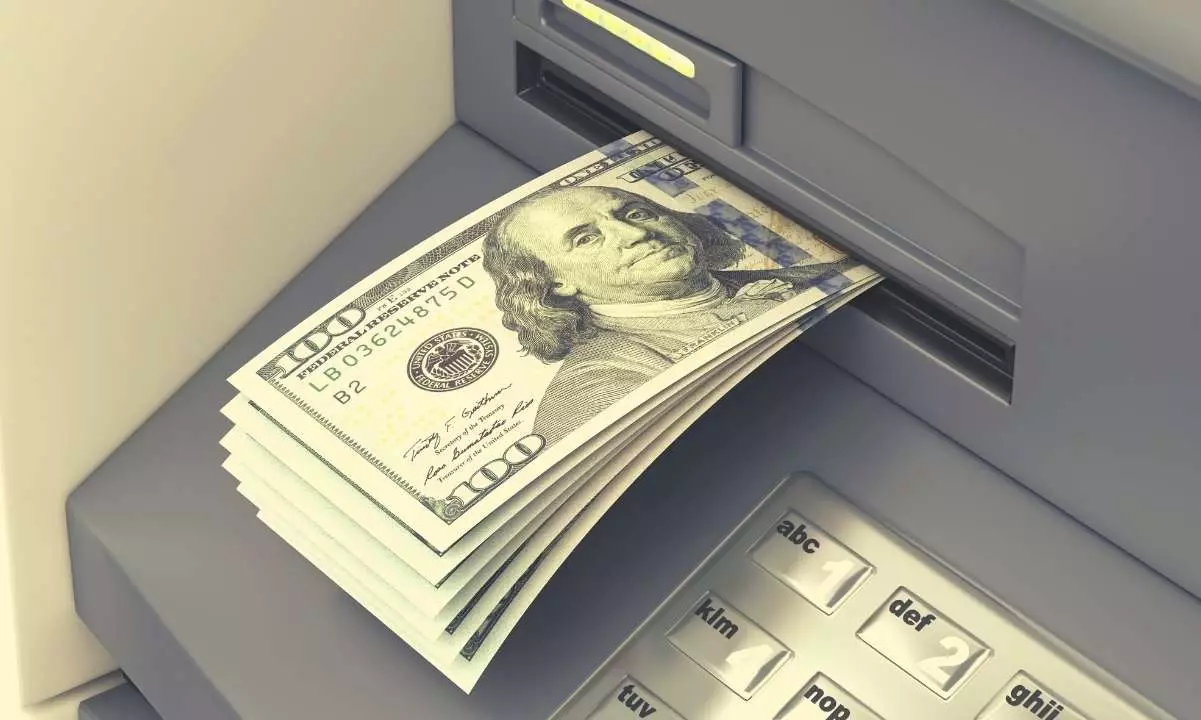The emergence of meme coins has become a notable trend in the cryptocurrency realm, often characterized by their whimsical names and unpredictable values. The recent introduction of the CAR token by the Central African Republic (CAR) has sparked significant debate within the financial and technological communities. Announced by President Faustin-Archange Touadéra, the launch was immediately mired in controversy, suggesting that while meme coins can generate wealth, they are also fraught with risk and misinformation.
The event gained notoriety not only for its adventurous concept but also for the considerable financial windfall a trader allegedly experienced—transforming a mere $5,000 into over $12 million during the trading frenzy that followed the announcement. Such rapid speculation draws attention and raises crucial questions about the nature of investments in emerging cryptocurrencies and the motives behind their creation. This underscores a broader concern: as meme coins gain traction, their potential for scams and market manipulation grows.
The startling story of the $5,000 investment turning into millions within hours demonstrates both the allure and volatility of trading in meme coins. According to reports from Lookonchain, the astute trader capitalized on the initial market movements post-announcement by acquiring a staggering 46.57 million CAR tokens for 25 SOL. Subsequently, the process of buying low and selling high propelled them into a position of immense wealth almost instantaneously. However, such rapid gains come at a heavy price, often blurring the line between legitimate investment behaviors and reckless speculation.
This particular case illustrates not only the potential rewards associated with meme coins but also the detrimental consequences that follow for those who do not approach these investments with caution. While some individuals might strike it rich, others may risk significant financial losses as the market adjusts to the volatility produced by sudden surges in value followed by sharp declines.
Despite the headline-generating potential, the authenticity of the CAR token remains questionable. Analysts and experts have raised concerns regarding the legitimacy of its announcement and the general operation of the project. For instance, AI-based verification tools flagged President Touadéra’s announcement as potentially manipulated, leading to speculation about the integrity of the entire initiative.
Additionally, notable figures in the crypto community, such as Yokai Ryujin, founder of Unrevealed XYZ, pointed out that the project’s domain was registered only days before the launch—raising alarms about the transparency and authenticity of a project purportedly backed by a national government. If true, these observations could indicate that investors are being misled, presenting a common pitfall in the world of meme tokens.
Furthermore, Ryujin expressed concerns that the token’s purported security measures, which claimed that the entire supply was locked through a decentralized finance service, may not hold any weight. He argued that the developers maintained the capability to manipulate the token’s supply post-launch, which presents significant risks to unsuspecting investors who trust the project based solely on its government affiliation.
Another fascinating dimension to the CAR token’s launch is the growing involvement of governments in the cryptocurrency sector, particularly through meme coins. Such tokens are often bombastic representations of cultural moments, viral social media phenomena, or political figures. The implications of this trend are far-reaching; as governments engage in the digital currency movement, they can utilize these tokens for strategic communication, potentially shaping public perception and driving engagement.
The case of CAR illustrates how governments might navigate the complex world of cryptocurrencies, blending humor and finance to connect with a younger demographic. Yet, this approach raises significant ethical questions about the responsibilities of leaders and institutions to provide secure, transparent financial avenues for their citizens.
The situation surrounding the CAR token serves as both a cautionary tale and a rallying point for further discussions about the future of cryptocurrencies. As investors flock to the prospects of wealth that meme coins offer, it is imperative for them to balance their enthusiasm with a critical understanding of the inherent risks involved. The fusion of humor, speculation, and unchecked financial endeavors can lead to significant ramifications, both for individual investors and the broader financial landscape.
In the end, the rise of meme coins is more than just a passing trend; it reflects an evolving dialogue around financial literacy, regulation, and the role of government in digital economies. As this movement gains momentum, stakeholders must prioritize transparency and investor protection to ensure that the excitement does not translate to chaos.

